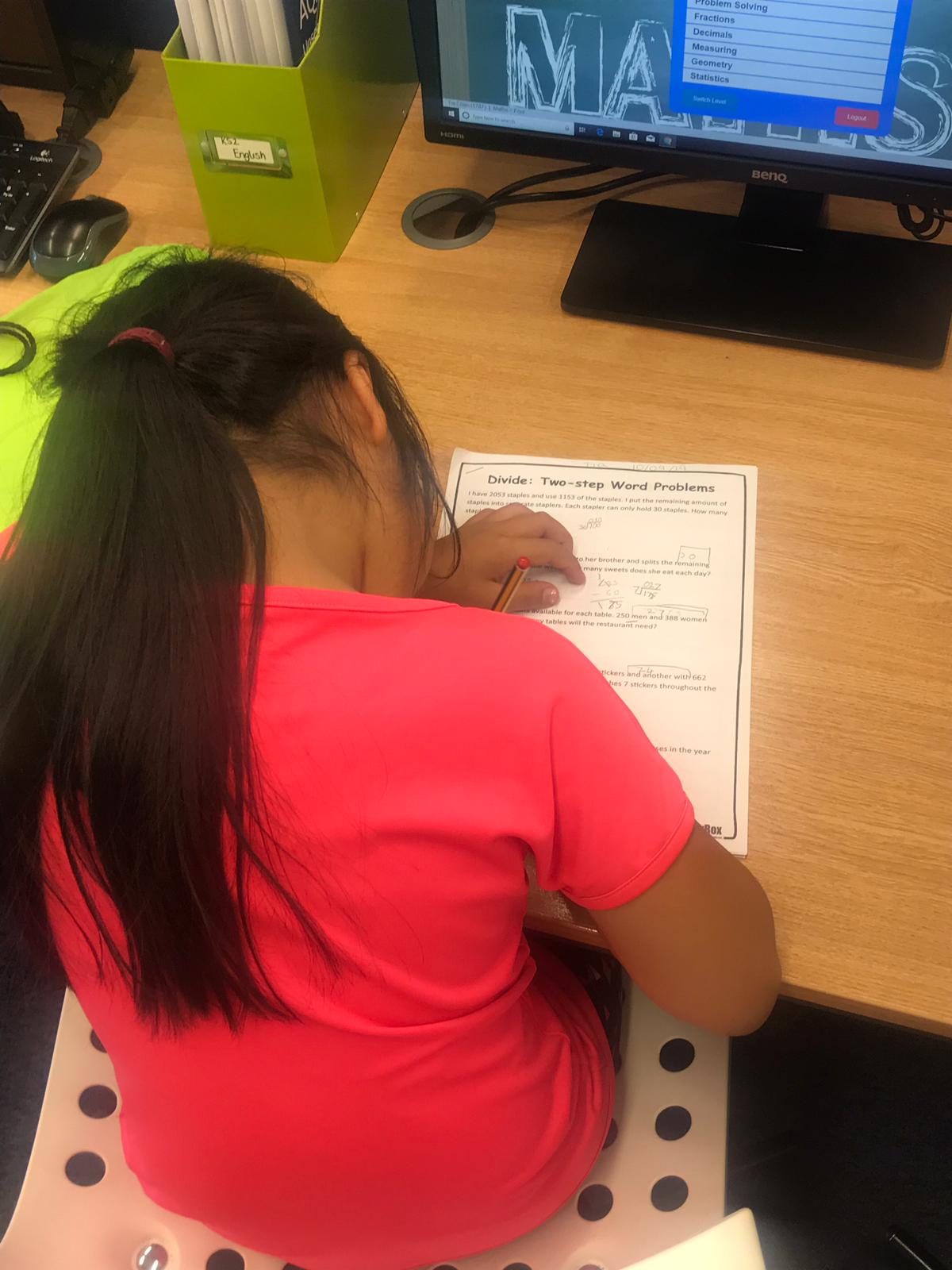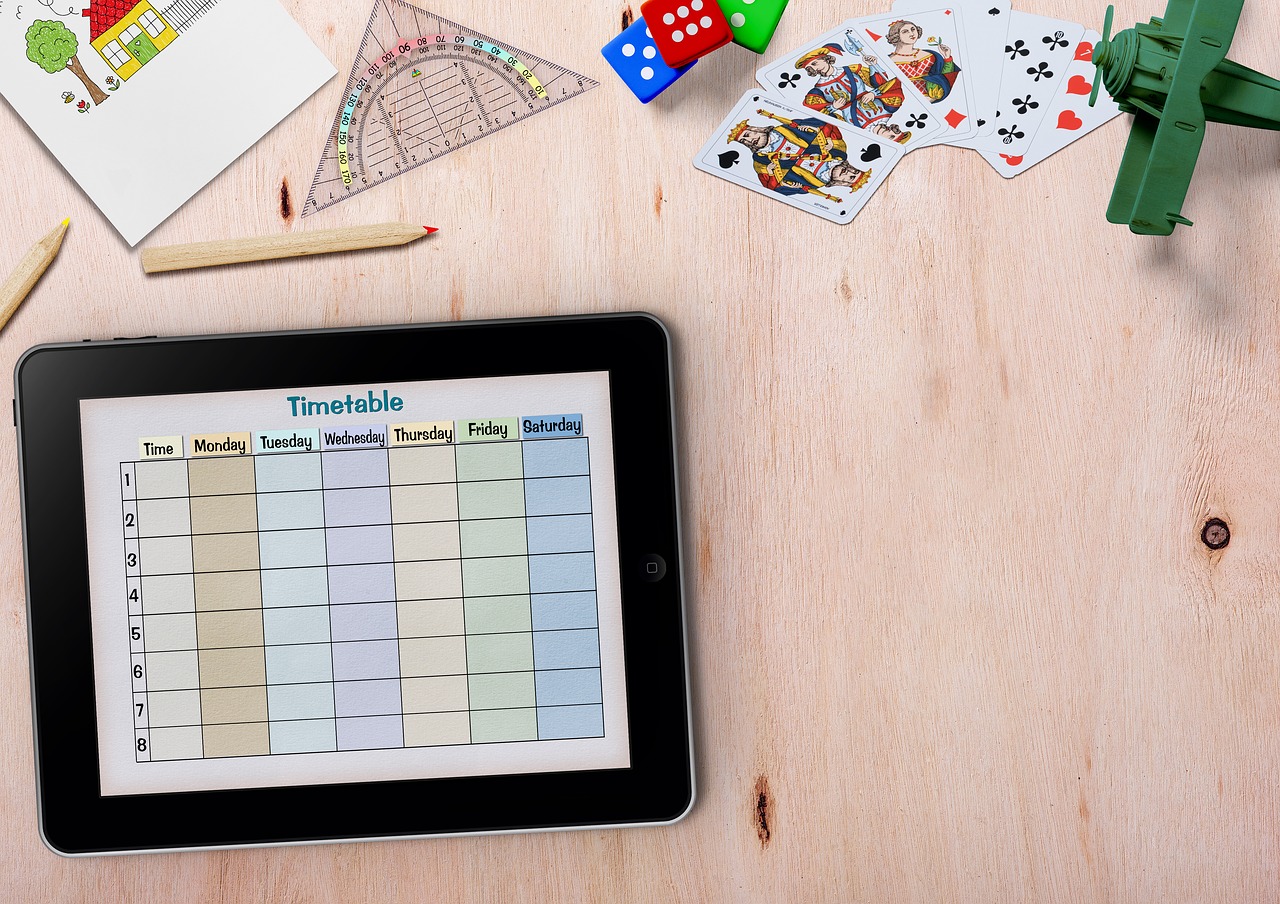Tips for engaging your child’s mind at home

Learning from home has become the norm for many children this year. A lot of parents find themselves wondering what activities they can use for engaging their child’s mind at home.
It can be challenging coming up with new activities for children every day, but there are plenty of learning materials and games to play at home.
Try these tips for engaging your child’s mind at home:
Learning apps and websites
- Using technology to help children’s education is an effective way to learn from home.
- There are loads of educational apps and websites for children that are cheap and even free.
- There are learning apps and websites for every subject matter, including English, Maths, Science, and even coding!
- Apps and websites for learning are engaging and interactive for children, which makes learning enjoyable.
Learning new skills around the house
- Children can learn life skills from home at any age. There are many activities that parents and children can do at home together.
- Cooking and baking are fun and hands-on, whilst also being a useful skill to learn. It teaches children how to measure out ingredients, using maths skills. As well as reading recipes, using English.
- Activities like gardening with children are exciting and therapeutic. It also gives them a break for technology, encouraging children to spend time outside.
Tracking your child’s progress
- It can be tricky for parents knowing where their child is at with their learning. Especially with many parents adopting more of a teacher role, following the recent closure of schools.
- Parents can make tests for their child to complete regularly. These can be spelling tests, times tables, and so on.
- When the parent is marking their child’s test, they can see where they struggle and how to assist more in those areas.
- There are also tests online which children can complete, to save busy parents a bit of time.












